During this past wearying year of restrictions and limitations on movement, our natural inclination to travel has been put on hold, muzzled by the force of circumstance. Now that we can finally, slowly begin to switch off isolation mode, we ask photographer Daniel Caja to help us flip the ISO-lation switch instead, reawakening our wanderlust through his fascinating stories and images.
Daniel, tell us a bit more about your background.
I am a Croatian-German whose parents migrated from Bosnia and Herzegovina to Germany in the late ‘60s. I then decided myself to migrate to Mexico in 2016, where I met my wife, Cynthia, and where I currently live. Before that, I lived the typical Munich suburban life: Went to school (which I didn’t like too much), studied Film and Media in Konstanz, and finally completed my academic path with a MA in Art History at the Ludwig Maximilian University in Munich.
As a teenager, I used to take pictures during school trips, and I remember always getting positive feedback from my schoolmates. That’s perhaps what subtly motivated me to get increasingly more serious about photography, even though my studies didn’t originally follow that impulse. I set up my own darkroom in the bathroom of my tiny apartment in Munich, where I used to carry out the analogue process myself – mainly to save money, as developing film in a photo lab was far from affordable.
At that time, photography was still more a leisure activity. I worked as an assistant for bigger fashion productions in Europe in my early twenties, but never felt that fashion photography could be something I would love doing myself. In my late twenties I started travelling by myself – and never without a camera by my side. [Editor’s Note: As proven in this shot of the photographer below.]
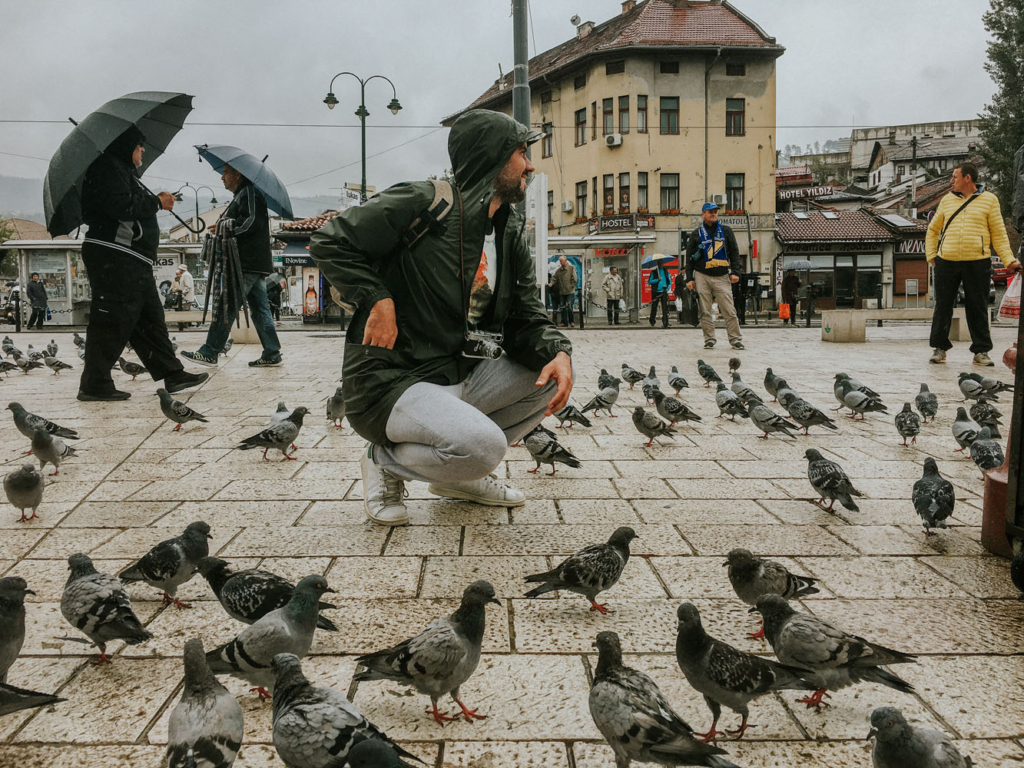
As soon as university was over, I had a hard time finding a job in the field of arts, so I decided to accept a four-month contract as photographer on a cruise ship, and it was an undoubtedly interesting experience – but I would never repeat it. I took my photography to a professional level when I finally moved to Mexico, and I’ve never looked back.
Are there any photographers who have influenced your style?
I couldn’t really name one particular photographer. I get inspired by all sorts of things and experiences, not only photographers. Movies and even written texts have influenced and still keep inspiring me. I am equally amazed by what the old masters – from Nadar to Josef Koudelka – did, as well as by contemporary photographers like Hiroshi Sugimoto and Jeff Wall. I am blown away by the mystical approach of Alexey Titarenko, I am struck by what Rineke Dijkstra and Chris McCaw are doing, both in portrait and landscape photography.
As a student, I was fascinated by the theoretical works about photography by Roland Barthes, Susan Sontag and Walter Benjamin. I found it interesting to think not only about the conceptual and ontological definition of images, but also about what images can do, their unique way of affecting viewers.
The sources of inspiration are infinite. When it comes to photography, I find it difficult to talk about style. I think what plays a part in the way I choose and depict my subjects is my own character, my background and also my education, even though I don’t mull over that while photographing.
I do have a strong affinity towards social and religious subjects, but I also like being humorous and witty in my shots. Variety and constant experimentation with the medium are still very important to me.
How has your life changed since becoming a professional photographer?
Even though I love photography, and a lot of my life centres on it, I must say I am living a rather ordinary life. I am married, and my wife and I have a stray dog that we’re currently taking care of, named Dieguito [pictured below]. I am also close with my family and friends.
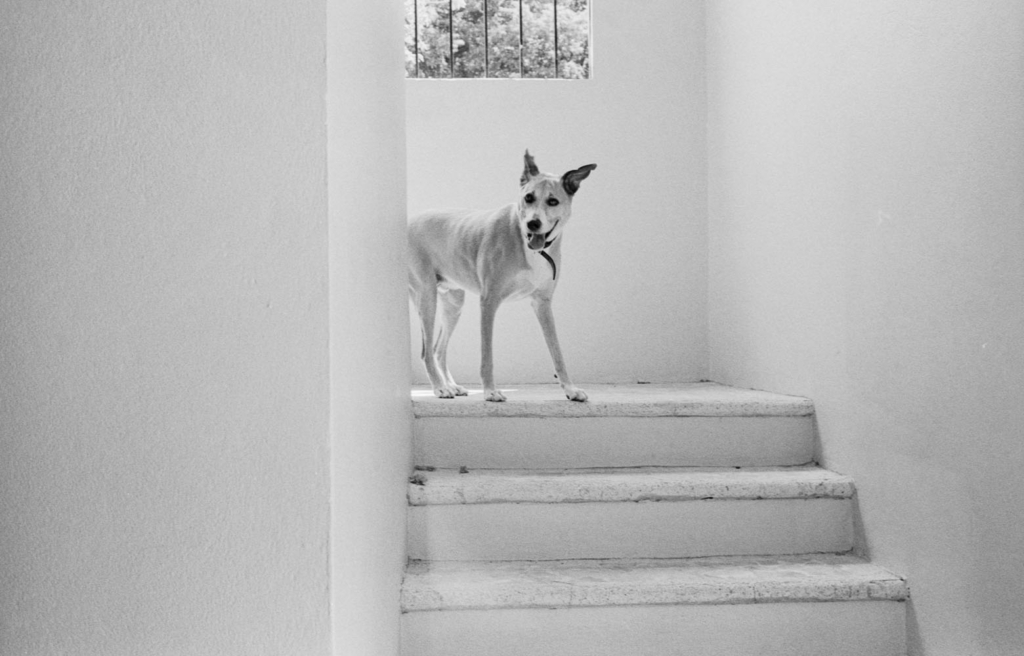
I am conscious of the extraordinary places I’ve visited, and which are only a stone’s throw away – and definitely grateful for this opportunity to explore, which is what I’ve always liked to do. My wife is Mexican, and we decided to split our year: we spend five months in Mexico, five months in Europe (mostly Croatia), and the other two are spent travelling when possible. This lifestyle can be stressful – especially for the amount of good-bye parties we need to throw every time we leave a place, but I think we are handling it well.
When in Mexico, you call Playa del Carmen home, situated on the beautiful Riviera Maya – a place, some might say, where anyone could be a fine photographer. What’s the importance of location in your work?
It’s important to understand that photography works with light, and light only.
Depending where you are in the hemisphere, you get varying light situations that you can use for your photography. In the Riviera Maya, for example, colours just pop out in the morning and late evening hours, as soon as sunlight enters earth’s atmosphere at a shallower angle – and this works optimally for unforgettable family photos. At midday the sun shines directly above, resulting in images with a high contrast. This generally makes photography hard, as every camera has limits and you lose information either on the bright or dark side of the spectrum, depending on how you expose your film.
Further north in the hemisphere, on the other hand, light is easier to handle in longer periods of the day. Overcast skies and lower sunlight make the quality of light softer, and that works great with black and white photography.
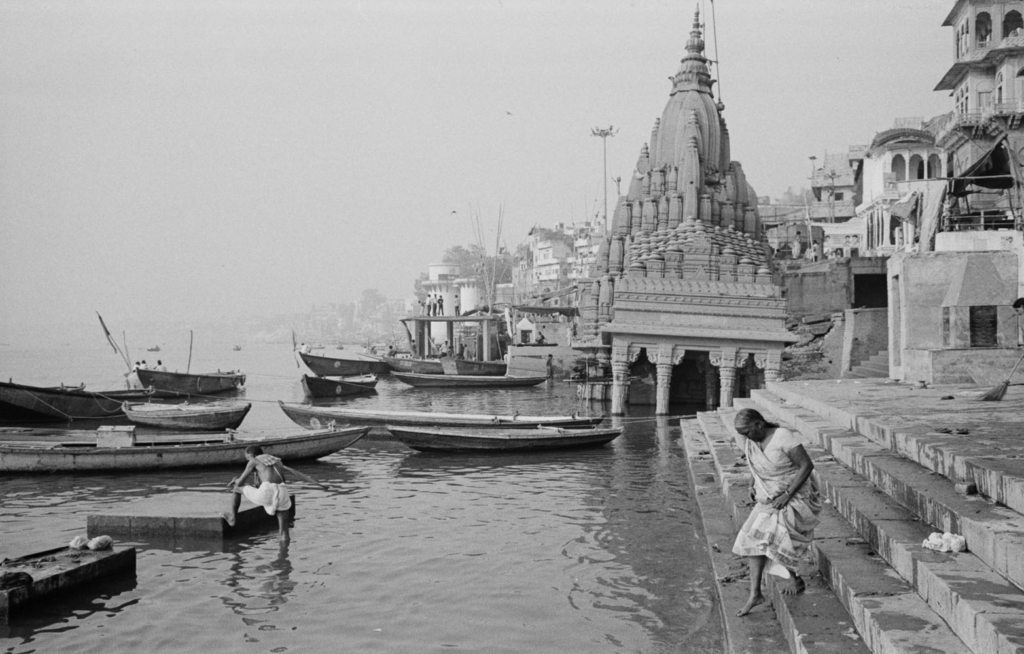
The best light for photography I’ve ever seen was in India. When I was there it was mostly sunny, but due to heavy pollution, I got this bright and diffused light that makes everything crisp and balanced.
To conclude, I don’t believe that a location’s beauty is the only thing that contributes to a good photograph. In photography you get confronted with circumstances, and you have to try to work with them instead of against them.
Do you think that moving from Munich to Mexico has affected your photographic style?
I don’t think moving location has changed my photography much, as it’s more the things you learn and the people around you that change you – and thus maybe also what you do. I think the biggest influence on my photography is more my wife [pictured below] than anything else. We talk a lot about photography, and I simply like the way she sees life in general. Her intuition never fails, and her insights help me put things in perspective.
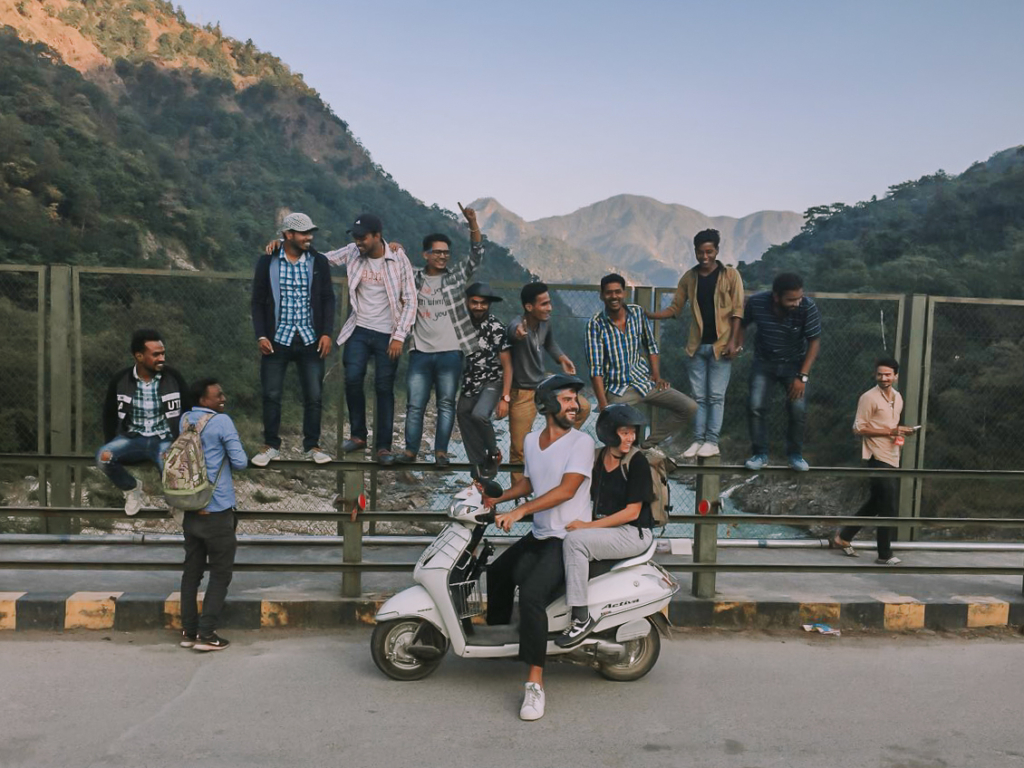
Your works are showcased in two different portfolios: danielcaja.com, with your artistic photography, and myplayaphotographer.com, with your commercial photography. How do you reconcile your two inner photographers, and make both artist and artisan get along?
Oh, they have to get along. But there has to be a good distance between them, I have never intended to mix them. It’s clear to me that one is my job and the other one is my passion. If you love what you do, you need to take very good care to protect it from getting spoiled.
In the months where I get a lot of bookings, I simply stop with my own projects, as I don’t feel like taking more photos. And there are times when I just stop taking jobs and focus on my own projects. The way I work on a job is completely different to the way I ‘work’ on my own projects.
Most of my personal work is made with my analogue equipment, and most of the time I do it without a predefined goal. For instance, I never think of selling or exhibiting my photographs. That can come later or not. For now, my only interest is being out there and taking photographs.
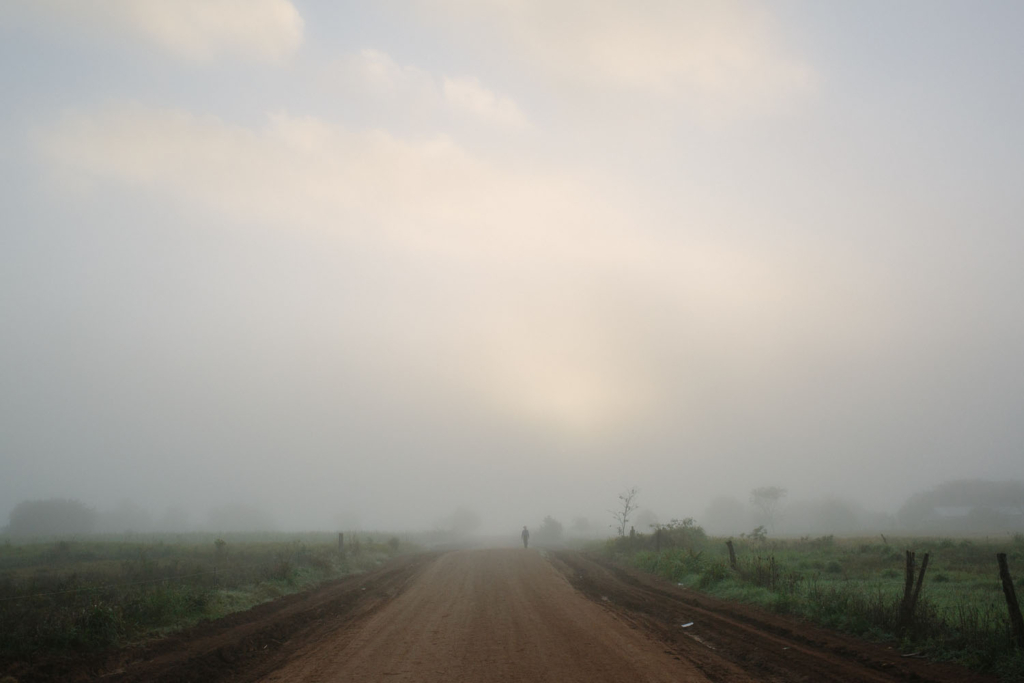
When I take photos with my digital equipment, on the other hand, I usually do it for a reason, either a client’s assignment or the need to feed my stock for commercial use. Digital photography obviously has practical advantages, and it simply pays my rent.
Three questions in one go: What emotions can a face trigger that a landscape cannot? Do you prefer candid shots or posed pictures? And what do you want your photographs to ‘say’?
Everyone is fascinated by a human face, and so am I. A landscape can be interesting, but it lacks the possibility to identify with it. I love shooting landscapes, but I think there is a bit more to it when seeing a human face.
I don’t really have a preference between posed and candid. Both approaches are fine and can produce amazing results. I just think it is way easier to get an authentic expression when the subject is not aware of the situation. Most people tend to stiffen up when aware that a camera is pointed at them. Maybe it is because they get self-conscious. Sometimes I ask my subjects to just look straight into the lens without any sort of expression, sometimes I manage to snap a portrait without getting noticed, sometimes I feel there is a true connection and sympathy, sometimes there is not.
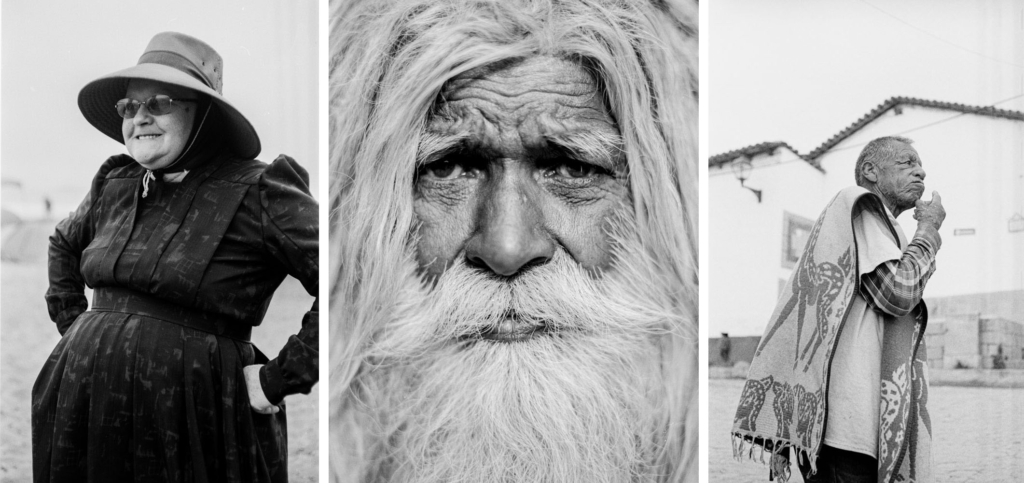
In photography you never really know what you’ll get beforehand, and that’s also something I truly appreciate: that’s what makes it genuinely interesting. So, I don’t really intend for my portraits to ‘say’ anything. In other words, I don’t have too much control over it. I observe, I wait and then, oh yes!, here it is. Click. Cartier-Bresson was right in saying that photography is an affirmative process.
You gained some attention for your photography series focusing on a Mennonite colony in Mexico, who have eschewed technology and live in isolated communities much like the Amish. Can you tell us more about this experience?
I came across this colony in my first week in Mexico five years ago, after moving from Munich and starting this new chapter of my life. My girlfriend and I decided to visit the colony, and after getting lost in the jungle on the way there and even getting a bit scared for no reason, we turned around and were about to leave. But I thought: “Hey, we cannot just tell our friends that we just ‘almost’ visited a Mennonite colony.” So, we gathered courage, tried again and finally found our way.
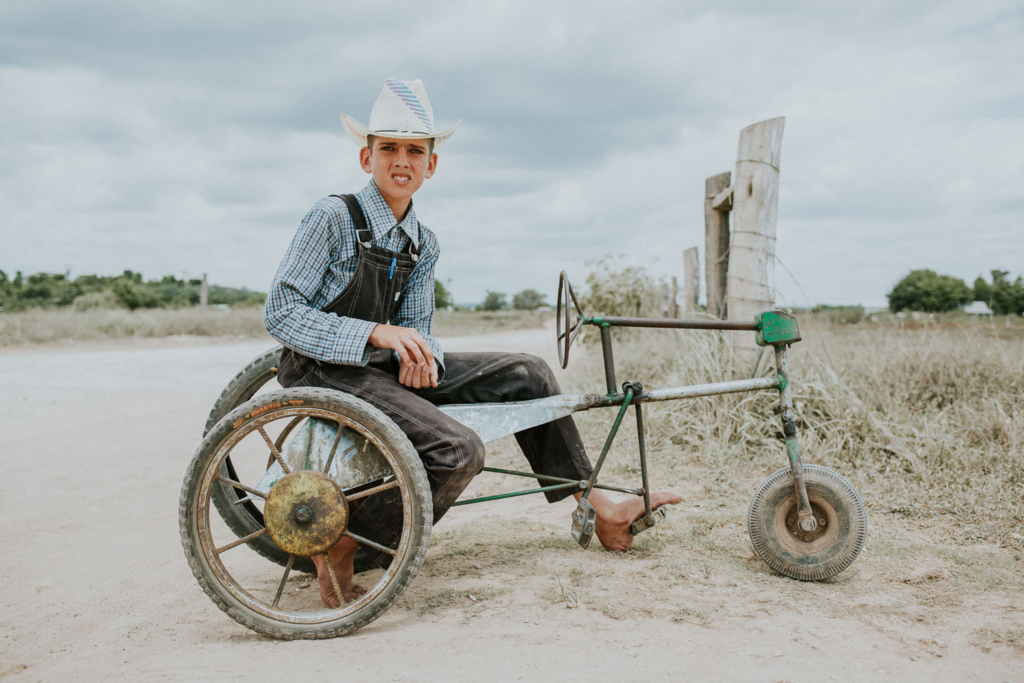
We were completely struck by what we saw. The jungle was cut down and nothing looked like the rest of Quintana Roo. We instantly felt that we had entered a completely different world. The first Mennonite I met was a young boy on a self-made tricycle. I tried to talk to him in German and Spanish, but didn’t get an answer, not even a reaction. He was chewing and spitting sunflower seeds without taking his eyes off of me. He didn’t seem to be scared, but not interested either. I took some pictures and his attitude still didn’t change, so I decided to leave. I took a few more images, mostly of kids passing by.
We left that day mulling over the bizarre experience, but I remember being very touched, and I already intimately knew I had to come back. The following year, I started to visit the colony every time I had planned to go to the south of Quintana Roo. I started to talk to the elderly, and in March 2018 I got permission to camp with them for a week and take photographs. I got familiar with their work, their habits and daily life, went to church, to school and met them in the fields.
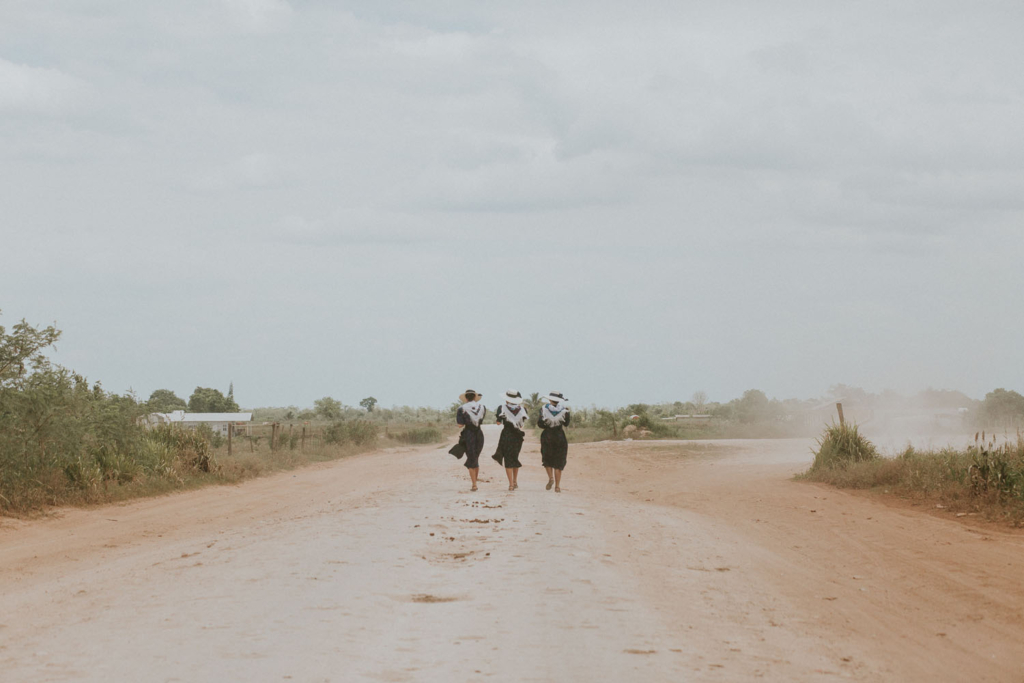
Do you think of it as a kind of mission? Are you thinking of going back in a few years, to capture the changes through your lenses?
No, not really. I even thought of letting this project go, until just recently I visited them again. I took a few photos for an hour and left. I did make acquaintances, and I try to follow up, but also sometimes I prefer leaving them alone.
Generally speaking, I can say that my constant is to… constantly change plans a lot. I enjoy the freedom of not having to plan everything too much in advance. I love being spontaneous, and when looking back, I am grateful to see where this life approach has led me.
Where do you stand in the analogue vs digital camera debate?
I am not trying to be too dogmatic about it, but from what I have learned, analogue is more magical than digital. I love the quality of an analogue black and white picture, but I would never say #deathbeforedigital. Most of my analogue work is black and white, most of my colour work is digital.
What makes analogue so exciting is the process, and maybe also its uncertainties. The suspense from taking the picture to the point where it appears in the darkroom is a feeling I don’t want to miss. Seeing a photograph appear on photographic paper is a surreal moment. The creative opportunities to experiment seem endless, and analogue work is also more physical than just tweaking images on a computer screen.
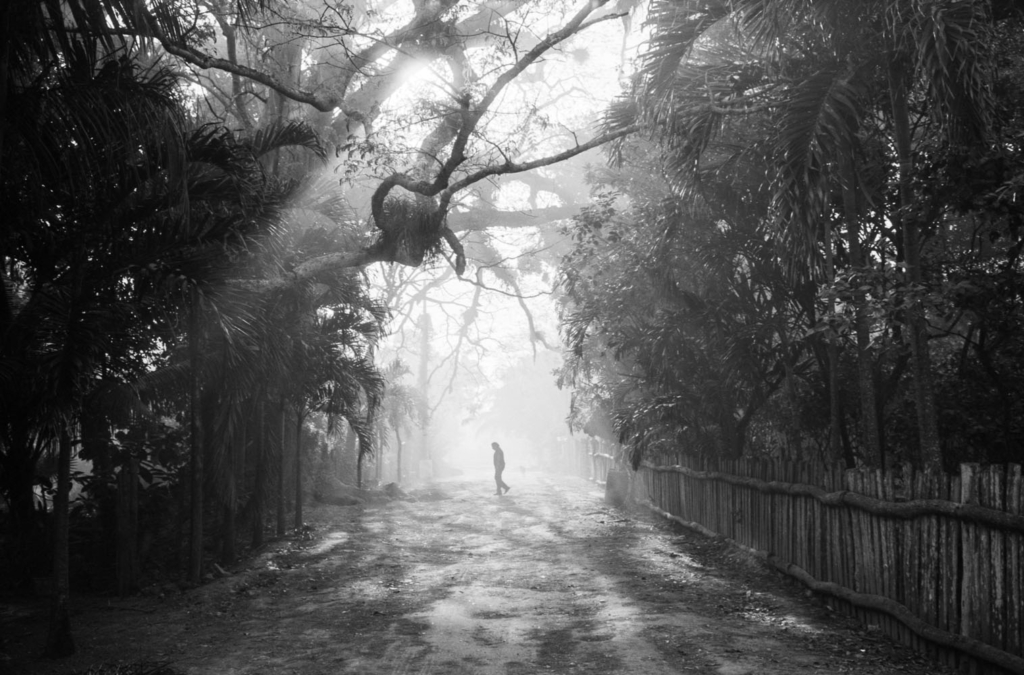
If I had to choose between analogue or digital, I would always go for my analogue camera. The cameras are just more fun to work with and certainly they are more reliable. My oldest camera from the ‘60s is mechanical; it needs no batteries and has never let me down. Also, I feel it is less threatening when approaching humans with older cameras.
What equipment can you not do without?
I love all my cameras, especially the analogue ones. Most of my personal work I do with an old rangefinder Leica M2 – a mechanical masterpiece – and a medium format camera, the Pentax 67. Just recently my Pentax 67 got stolen and I replaced it right away, so it looks like I can’t live without it. I shoot with 35mm and 50mm lenses, only as their optical quality comes closest to what the human eye sees. I don’t like to use telephoto lenses nor ultra-wide-angle. There are photographers doing amazing things with those lenses, but it’s just not for me.
How would you summarise your overall attitude to photography?
Photography is an existential experience. Be there and observe, be brave, bring a camera! But also, don’t get obsessed with it, don’t take photos all the time. Don’t take photos to get published or to sell your work. Relax, enjoy being with your loved ones, watch a movie or read a book.
Discover more of Daniel’s work at danielcaja.com or on Instagram, or book him for a shoot in Playa del Carmen at myplayaphotographer.com.

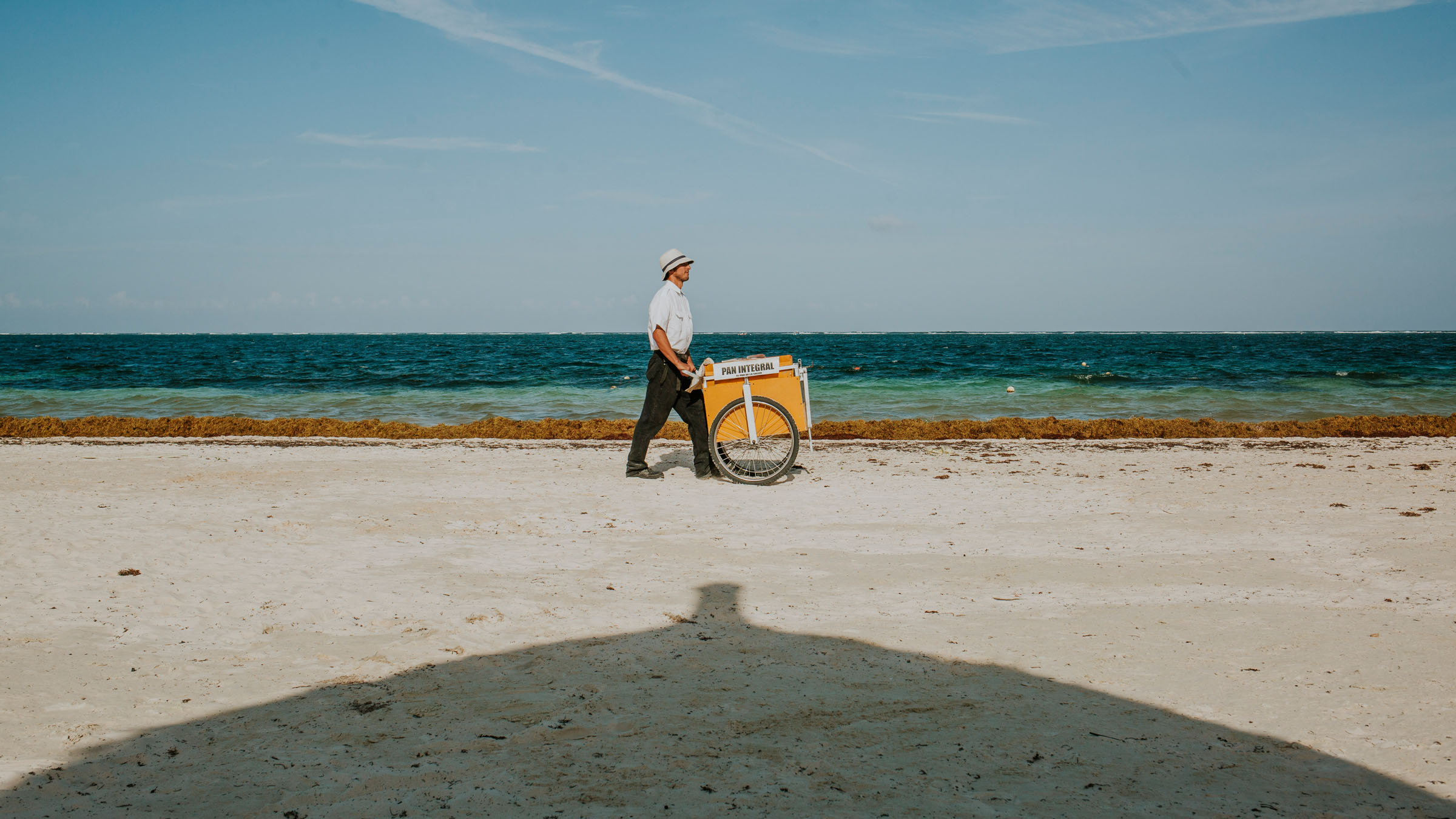
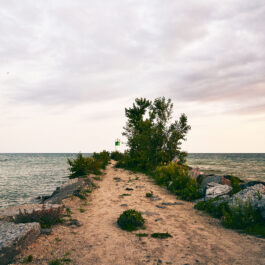


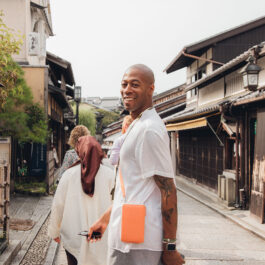
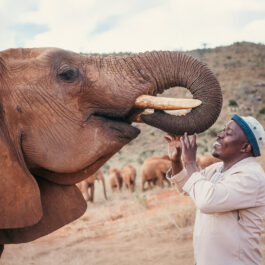

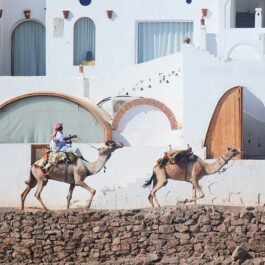
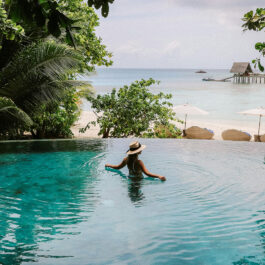
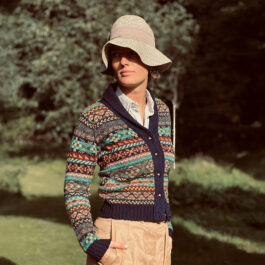
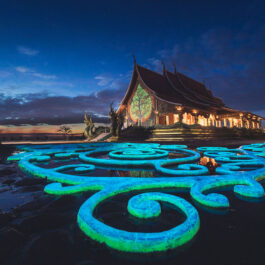
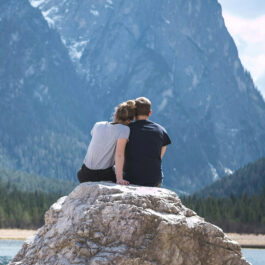

Sorry, the comment form is closed at this time.